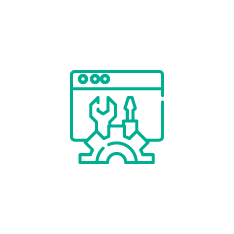February was the second full month of stable operation for Neo v3.1. As network activity maintains its steady trend upwards and new applications look to deploy on MainNet, Neo continues to signify to the broader blockchain space that security does not need to come at the expense of usability.
This month, the core developers shifted their efforts to code maintenance and began an exploration into new enhancements for the protocol. Meanwhile, the Digital Asset Unit at NGD stepped forward with a number of updates for the NeoFS C# version. The Inner Ring plugin for the NeoCLI node is now under code review, and testing for the Notary service has begun.
Neo SPCC has worked closely with the DAU during development of NeoFS C#, advising on implementation details and assisting with testing to ensure its correctness against the original Go version. Once DAU’s efforts on this front are complete, NeoCLI users will be able to operate as both Inner Ring and Storage nodes. In turn, the NeoFS network is provided with an extra layer of decentralization via heterogeneity.
The Go node used to power the NeoFS reference implementation received a number of prominent changes in February. Neo SPCC achieved full compatibility with Windows OS, and made it possible to run lightweight nodes that do not sync blocks.
AxLabs also made waves on its own NeoFS integration, beginning with the addition of related utilities to the neow3j SDK for Java developers. NGD Enterprise placed its attention on improvements for the Smart Contract Debugger, designing a more developer-friendly way to explore contract storage, while NEXT iterated on NeoLine with new functionality to allow custom NFTs to be added to the extension wallet.
The full February Neo global monthly development report can be found below.








